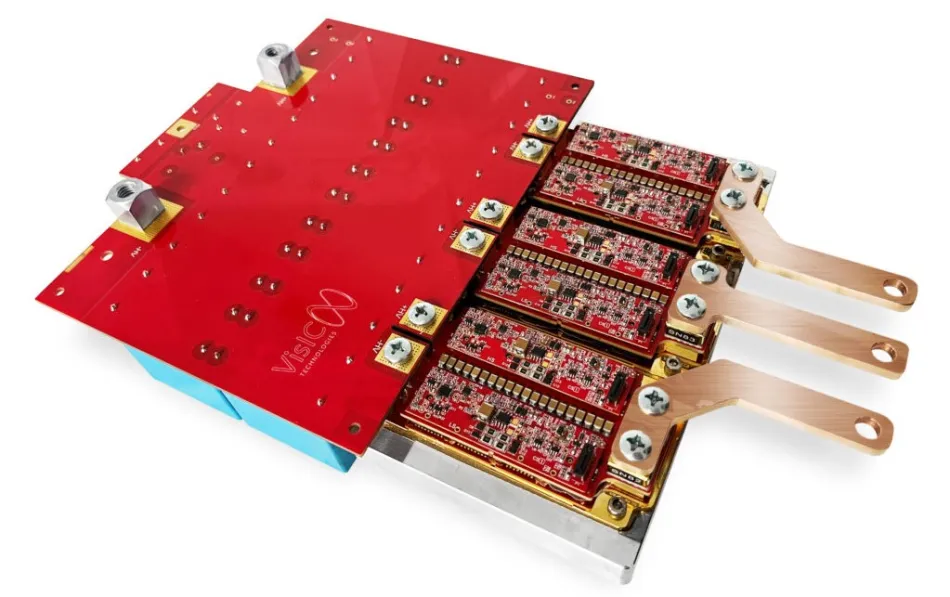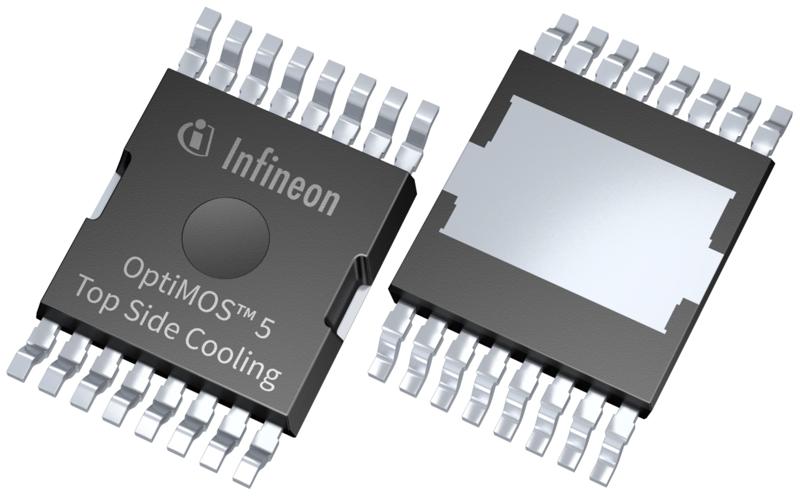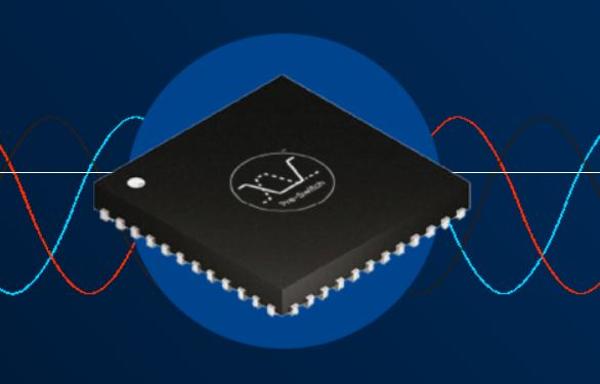
GaN in an EV inverter? Here is a prototype
- Automotive
- 2023-09-23 21:29:32
Is gallium nitride (GaN) ready for EV inverters? That was the crux of an APEC 2023 keynote titled “GaN for EV Power Train: Breakthroughs and Challenges.” During her keynote, Tamara Baksht, CEO and co-founder of VisIC, provided the technical details of a three-phase GaN-based inverter reference design developed with 400 V bus voltage and 400 A RMS current.
The reference design drives 4 GaN dies in parallel to obtain equal current sharing and smooth waveform, leading to low voltage overshoots on the gate and drain. Parasitic signals and spikes are controlled by the Miller clamp. Next, while GaN doesn’t have a body diode, reverse conductivity is carried out through the same channel. That may lead to oscillations, calling for tuning with external capacitors.
In an inverter design, made for peak load conditions, switching losses dictate efficiency. Baksht mentioned Tesla S Model, which accomplished 4% efficiency and 10% boost in driving range when it made switch from silicon to silicon carbide (SiC) semiconductors in 2018. Here, she was quick to note that GaN offers a significant cost advantage compared to SiC. “But the main challenge is inductive load switching.”




Source: VisIC
Regarding the 400 V inverter reference design paralleling multiple GaN devices, Baksht acknowledged that it’s just the beginning. “It should be improved, and it will be improved.” Nevertheless, the reference design demonstrates that it’s possible to power EV inverters with GaN semiconductors.
However, she acknowledged that while GaN can operate in a 400-V car successfully, there is a lot of work ahead of us before we bring GaN in real cars on real roads. “Cooling and thermal management are huge challenges for GaN devices in EV powertrains.” Baksht also mentioned circuit protections that should be fast enough and cooling that is synchronous as major issues.
According to Baksht, the inverter solution alongside a motor has been tested at an OEM customer site. And it has been tested with up to 113 kW ratings. She concluded by saying that while GaN-based inverter prototypes are here today, seeing GaN devices serving EV inverters at mass production may take five to six years.
Related Content
SiC and GaN: A Tale of Two SemiconductorsGaN Empowers Shift to 800V Traction InvertersGaN’s applications roadmap spotted at CES 2023High-Power GaN Traction Inverters for BEV MotorsInfineon’s WBG catch-up with GAN Systems acquisitionGaN in an EV inverter? Here is a prototype由Voice of the EngineerAutomotiveColumn releasethank you for your recognition of Voice of the Engineer and for our original works As well as the favor of the article, you are very welcome to share it on your personal website or circle of friends, but please indicate the source of the article when reprinting it.“GaN in an EV inverter? Here is a prototype”










